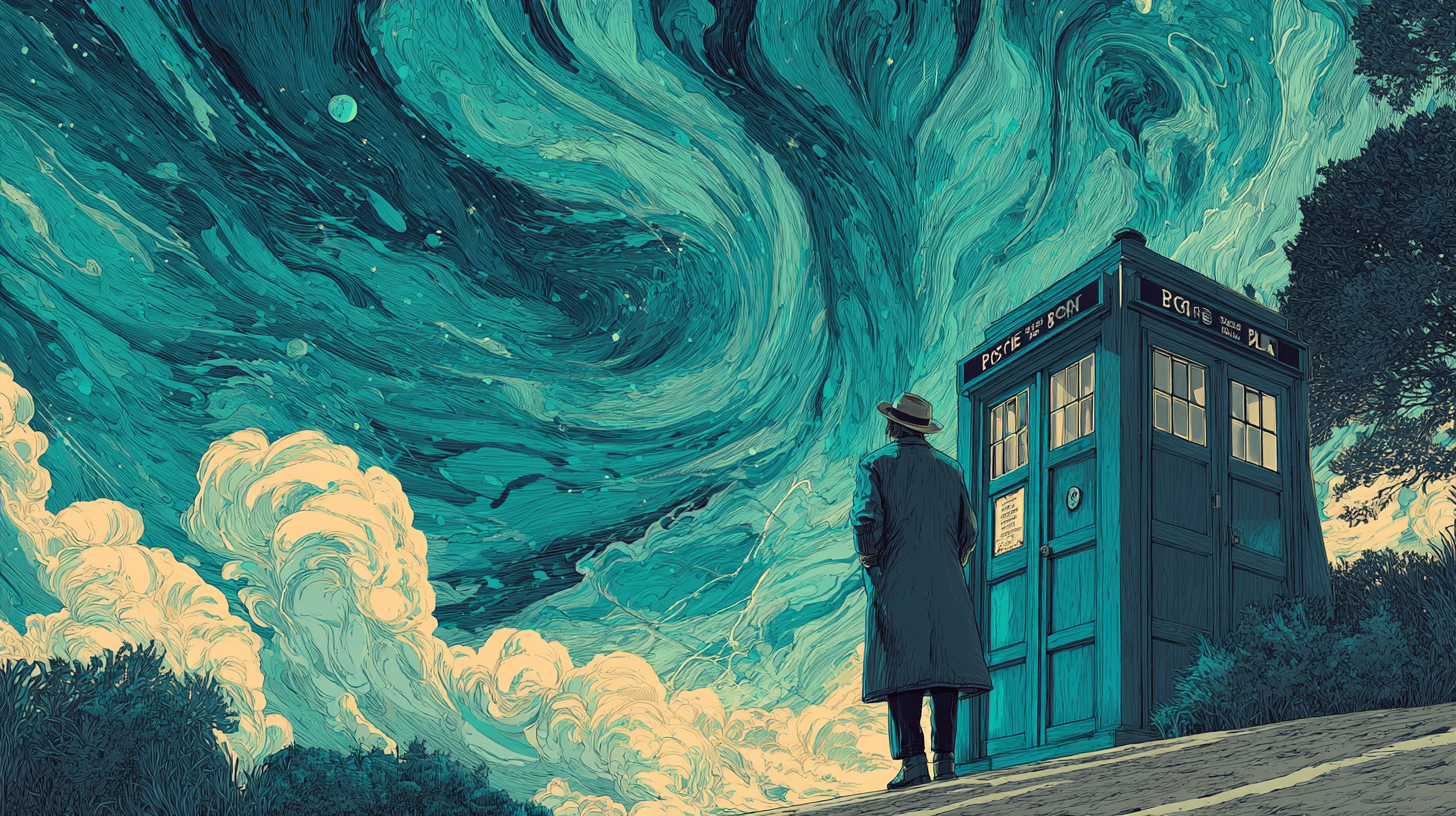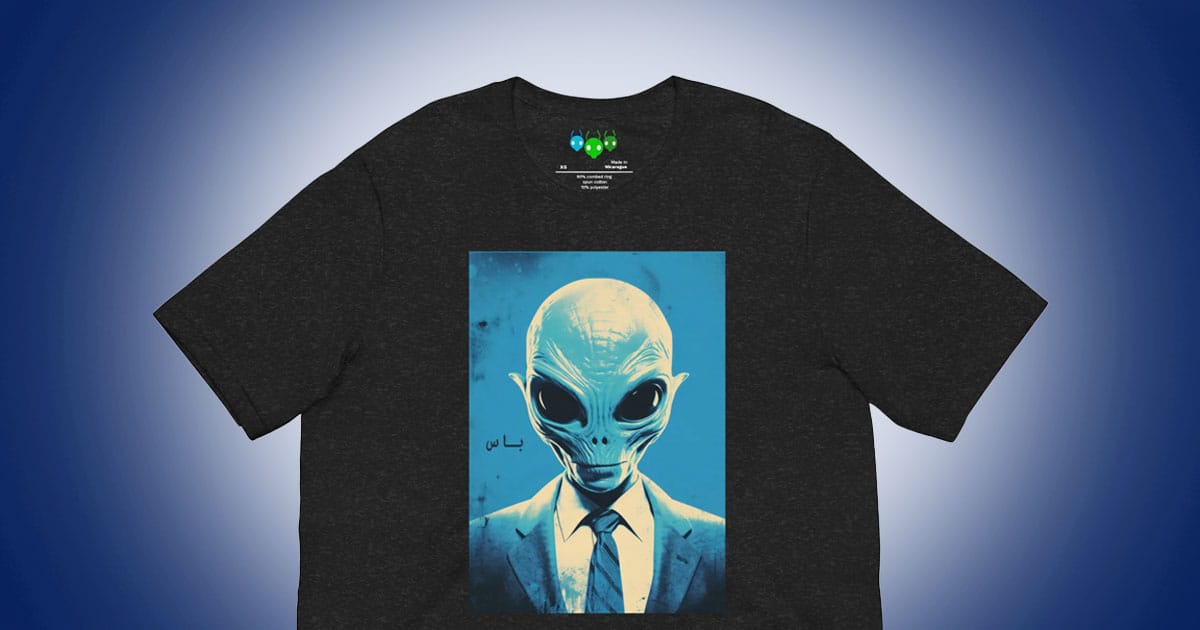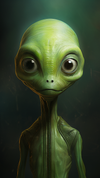Doctor Who and the Birth of Modern Science Fiction TV
Discover how the 1963 debut of "Doctor Who" reshaped science fiction on television with a thinking hero, bold ideas, and the timeless spirit that still defines classic sci-fi storytelling today.

This Week in Classic Science Fiction
On November 23, 1963, British viewers met a strange traveler in a blue police box. The program was "Doctor Who," and the first story was "An Unearthly Child."
No one knew this quiet Saturday broadcast would mark the beginning of one of television's longest journeys. The show was meant to teach history and science through adventure, yet it quickly became something greater.
Its debut came the day after the assassination of President Kennedy. Many families in Britain were gathered around their televisions that weekend, seeking normalcy.
Even under that shadow, the new program caught attention. The eerie theme music and swirling opening images felt unlike anything else on the air. The BBC repeated the episode a week later, allowing more viewers to discover it.
The first story introduced the Doctor, his granddaughter Susan, and two curious schoolteachers. Their travels began in a junkyard, not a shining laboratory.
The tone was mysterious, thoughtful, and a little unsettling. This beginning showed that science fiction could explore ideas and emotions, not just technology. The Doctor used reason rather than weapons and wonder rather than fear. That spirit of exploration still defines the best moments in classic science fiction.
Sponsored by: The Boss Alien Head | باس ایلین ہیڈ T-shirt

Every science fiction fan needs a uniform. “The Boss Alien Head” T-shirt brings a touch of cosmic humor to your closet. It’s soft, durable, and cool enough for a night at Mos Eisley or your local diner.
The Birth of the Time Traveler: How Doctor Who Changed Science Fiction Television
When "Doctor Who" first appeared in 1963, television science fiction was still learning how to speak to a broad audience. Most programs borrowed from pulp magazines or copied the style of early movie serials. Rockets, monsters, and flashing lights filled the screens, but few shows trusted viewers to think deeply.
The BBC had modest expectations for its new Saturday program. A small crew built the show on a limited budget with cameras that often overheated and sets that shook when actors moved too quickly. In spite of the limits, they created a world that invited the viewer to imagine rather than to escape. That spirit gave the show its power.

A Hero Who Solved Problems with His Mind
The Doctor was unlike any other hero on television. He was not a soldier or a spy, and he carried no gun. His strength came from intellect and curiosity. The early episodes portrayed him as stubborn and mysterious, yet always driven to understand.
When others panicked, he reasoned through the problem. That example stood out in a decade filled with shows about warriors and secret agents. The Doctor was a champion of thought in an age of force. He won with logic and compassion, and that made him timeless.
In the stories of the early years, he was often joined by ordinary people who found courage through discovery. Teachers Ian Chesterton and Barbara Wright represented the audience. They asked questions, made mistakes, and learned from the Doctor's example.
The contrast between their fear and his calm reason gave each story moral weight. Children watching on Saturday evenings learned that the right answer came from patience, not power.
Television Science Fiction Finds Its Voice
"Doctor Who" also changed how science fiction could be told on television. Instead of remaining in one place, the TARDIS allowed stories to move freely through time and space.
The format was endlessly flexible. The crew could explore ancient history one week and visit a distant planet the next. For a studio with few resources, this was a gift. A clever writer and a creative designer could build an entire new world from a handful of props and lighting tricks.
The BBC Radiophonic Workshop gave the program its distinctive sound. They used tape loops, tone generators, and everyday noises to create the hum of alien machines and the throb of the TARDIS engines.
The theme music by Ron Grainer and Delia Derbyshire was one of the first pieces of electronic music used on national television. Its echoing rhythm gave the show an identity that no orchestra could match. Viewers did not just see science fiction. They heard it.

A New Kind of Storytelling
Each episode mixed wonder with caution. The show's writers treated the future not as a place of endless triumph but as a test of human nature. The Doctor's journeys often revealed the danger of pride and the cost of ignorance.
One story might warn about the dangers of blind faith in technology. Another might remind viewers that mercy is stronger than revenge. The lessons were gentle but clear. The program trusted the audience to understand ideas through story rather than lecture.
This method of storytelling set a pattern for later programs. "Star Trek" would soon echo its moral tone, using voyages among the stars to explore human questions.
"Quantum Leap" and "Sliders" would use time travel as a way to examine conscience. The influence of "Doctor Who" stretched far beyond Britain. It showed that science fiction on television could explore the soul as well as the stars.
An Enduring Pattern for Imagination
The survival of "Doctor Who" through generations of actors and viewers proved that good ideas never age. When one Doctor changed into another, the audience accepted it because the core idea remained sound.
The face could change, but the heart did not. The show became a living anthology built on a single guiding idea that curiosity is the most incredible adventure.
Even after decades of changing tastes, the program's early form still feels fresh. The low-budget sets, the earnest performances, and the quiet morality give it a warmth that modern effects cannot replace.
It reflects a time when creativity mattered more than spectacle. That is why the first episode remains a touchstone for fans of classic science fiction.
"Doctor Who" began as a simple educational experiment and became a lasting symbol of imagination. It encouraged generations to look beyond fear and to seek understanding in every unknown place.
In doing so, it helped television science fiction grow from pulp entertainment into a medium of ideas. The heartbeat of the TARDIS is more than a sound effect. It is a reminder that wonder and wisdom can travel together, one story at a time.
"Doctor Who" Trivia
- The theme for "Doctor Who" was among the first electronic scores on television. Delia Derbyshire built it from tape loops and pure tones, giving the series a sound that felt truly alien in 1963.
- The debut episode, "An Unearthly Child," was rebroadcast a week later after picture and sound faults spoiled the first airing. The repeat helped the show find its early audience.
- The TARDIS became a blue police box by careful choice, not by accident. It was practical for the budget and instantly familiar to British viewers, making the strange time machine seem real.

